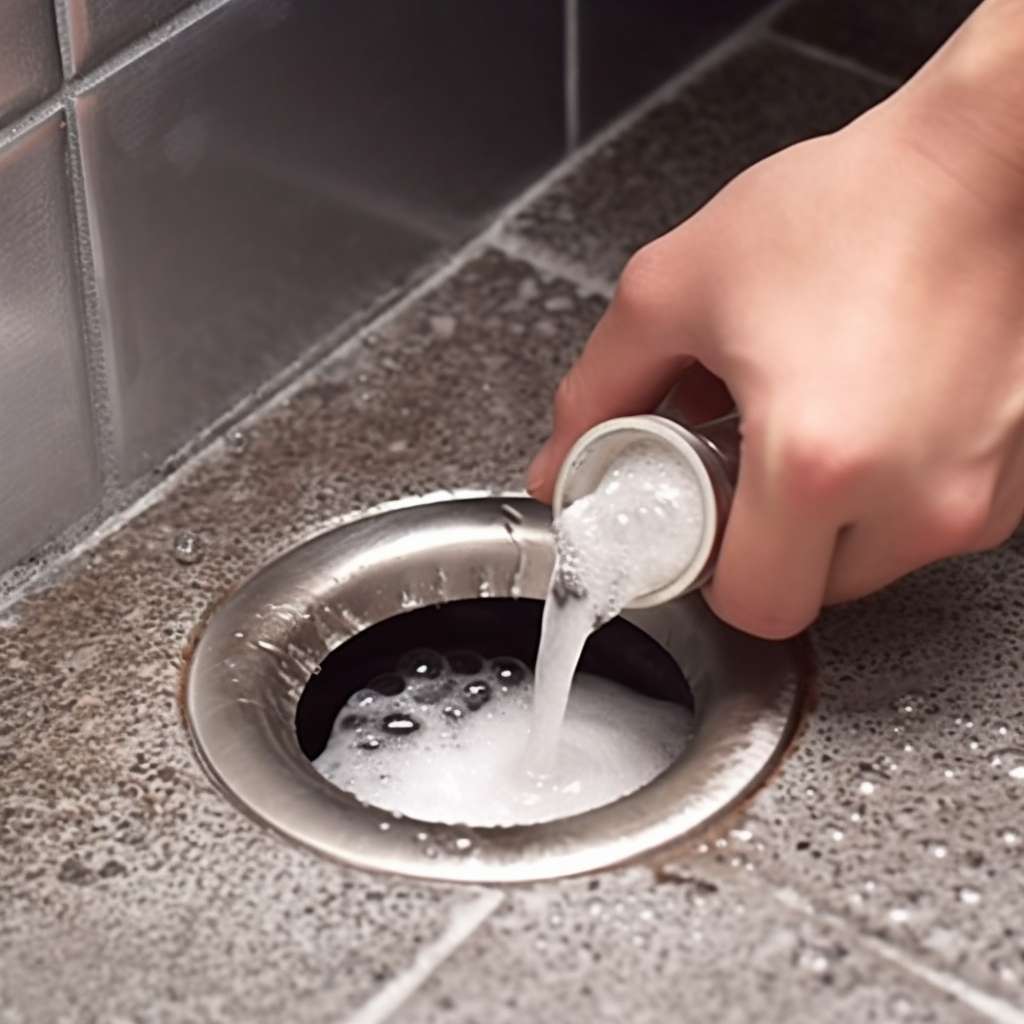Cleaning Wipes Usage Tips: Effectively Kill Bacteria and Ensure Home Safety
Cleaning wipes are essential for maintaining a clean and safe environment, especially during these times when hygiene is paramount. To use cleaning wipes effectively, please follow these tips: ensure they are suitable for various surfaces; clean visibly soiled areas before use; and strictly follow the manufacturer's instructions to ensure optimal disinfection upon skin contact. Additionally, you can explore eco-friendly products and consider making your own cleaning wipes using safe ingredients.

Maintaining a clean and safe home environment requires more than just regular dusting and vacuuming. Effective disinfection plays a crucial role in protecting your household from harmful microorganisms that can cause illness and contamination. Modern cleaning solutions have evolved to provide convenient, portable options that deliver professional-grade results without the complexity of traditional cleaning methods.
How Do Residential Cleaning and Disinfecting Wipes Work
Residential cleaning and disinfecting wipes contain active ingredients specifically formulated to break down bacterial cell walls and neutralize viruses on contact. Most effective wipes use alcohol-based solutions, quaternary ammonium compounds, or bleach-based formulations. The pre-moistened design ensures consistent chemical distribution while the textured surface provides mechanical action to lift dirt and debris. When selecting wipes for home use, look for EPA-registered products that list specific kill times for common household pathogens like E. coli, Salmonella, and influenza viruses.
What Makes Electronic Product Cleaning and Disinfecting Wipes Different
Electronic product cleaning and disinfecting wipes require specialized formulations to safely clean sensitive surfaces without causing damage. These wipes typically contain lower alcohol concentrations and avoid harsh chemicals that could corrode circuits or damage protective coatings. The fabric used in electronic wipes is often lint-free and anti-static to prevent residue buildup on screens and keyboards. Always ensure devices are powered off before cleaning, and avoid excessive moisture around ports and openings. Many manufacturers now produce wipes specifically designed for smartphones, tablets, laptops, and gaming equipment.
Why Choose Multi-Purpose Cleaning and Disinfecting Wipes
Multi-purpose cleaning and disinfecting wipes offer versatility for households seeking streamlined cleaning solutions. These products balance effectiveness across various surface types including countertops, appliances, bathroom fixtures, and furniture. The formulation typically includes surfactants for grease removal, disinfectants for pathogen elimination, and conditioning agents to prevent surface damage. Multi-purpose wipes reduce the need for multiple cleaning products while maintaining consistent disinfection standards throughout your home. They prove particularly valuable for quick cleanups and daily maintenance routines.
Proper Application Techniques for Maximum Effectiveness
Effective wipe usage requires attention to contact time and surface coverage. Most disinfecting wipes need 30 seconds to 4 minutes of surface contact to achieve advertised kill rates. Always read label instructions for specific dwell times. Use a fresh wipe for each surface area to prevent cross-contamination between rooms or surfaces. Apply sufficient pressure to ensure complete surface contact, and overlap your wiping pattern to avoid missing spots. For heavily soiled surfaces, pre-clean with a separate wipe before applying the disinfecting wipe.
Safety Considerations and Storage Guidelines
Proper storage extends wipe effectiveness and prevents accidental exposure. Keep containers sealed tightly to prevent moisture loss and maintain chemical potency. Store wipes away from heat sources and direct sunlight, which can degrade active ingredients. Always wash hands thoroughly after use, especially before eating or touching your face. Ensure adequate ventilation when using wipes in enclosed spaces, and never mix different cleaning products. Keep all cleaning wipes away from children and pets, and dispose of used wipes in regular household waste rather than flushing them.
Conclusion
Effective use of cleaning wipes requires understanding their specific formulations, proper application techniques, and safety considerations. By selecting appropriate products for different surfaces and following manufacturer guidelines, households can maintain high standards of cleanliness and protection against harmful pathogens. Regular use of quality disinfecting wipes, combined with proper storage and handling practices, creates a comprehensive approach to home hygiene that supports family health and safety.




